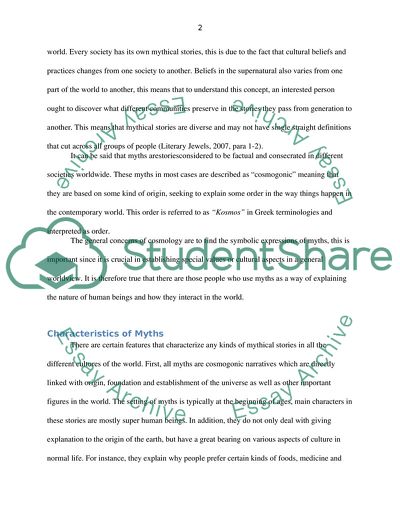Cite this document
(“The Concept of Myths in Ideological Process Essay”, n.d.)
The Concept of Myths in Ideological Process Essay. Retrieved from https://studentshare.org/sociology/1816858-discuss-the-relevance-of-the-concept-of-myth-in-both-structuralism-and-semiotics-in-understanding-contemporary-ideological-processes-please-use-examples-from-the-media
The Concept of Myths in Ideological Process Essay. Retrieved from https://studentshare.org/sociology/1816858-discuss-the-relevance-of-the-concept-of-myth-in-both-structuralism-and-semiotics-in-understanding-contemporary-ideological-processes-please-use-examples-from-the-media
(The Concept of Myths in Ideological Process Essay)
The Concept of Myths in Ideological Process Essay. https://studentshare.org/sociology/1816858-discuss-the-relevance-of-the-concept-of-myth-in-both-structuralism-and-semiotics-in-understanding-contemporary-ideological-processes-please-use-examples-from-the-media.
The Concept of Myths in Ideological Process Essay. https://studentshare.org/sociology/1816858-discuss-the-relevance-of-the-concept-of-myth-in-both-structuralism-and-semiotics-in-understanding-contemporary-ideological-processes-please-use-examples-from-the-media.
“The Concept of Myths in Ideological Process Essay”, n.d. https://studentshare.org/sociology/1816858-discuss-the-relevance-of-the-concept-of-myth-in-both-structuralism-and-semiotics-in-understanding-contemporary-ideological-processes-please-use-examples-from-the-media.


